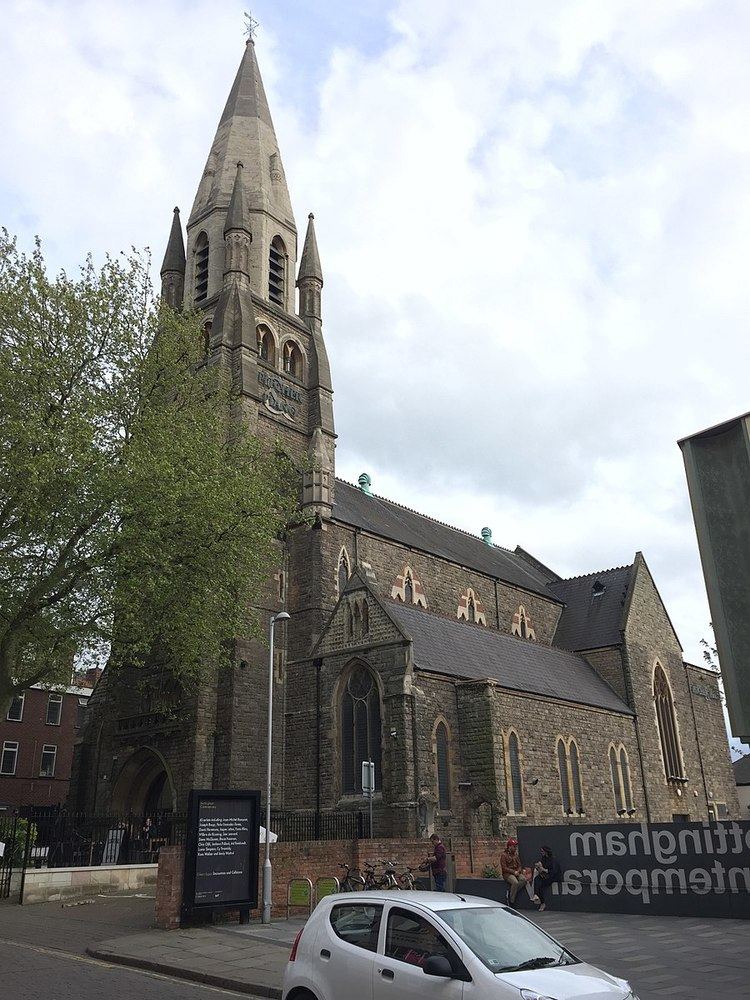Completed 1876 Phone +44 115 989 2198 | Closed 1982 Opened 1876 Heritage designation Listed building | |
 | ||
Similar St Mary's Church - Nottingham, Mansfield Road Baptist C, Lace Market Theatre, Lace Market, Nottingham Council House | ||
High Pavement Chapel is a building on High Pavement in Nottingham. It is now the Pitcher and Piano public house and is Grade II listed.
Contents
History
By August 1662, under the Act of Uniformity, two Nottingham ministers, John Whitlock and William Reynolds had been deprived of their living at St Mary's Church, Nottingham and a third, John Barret, of his at St Peter's left town to comply with the Five Mile Act 1665. However, they continued to preach in the area, including houses in Nottingham's Bridlesmith Gate and Middle Pavement. This led to the foundation of a permanent chapel in High Pavement in 1690.
By 1735 the congregation had established itself as liberal and in 1802 as Unitarian. In 1758 the appointment of a new junior minister, Isaac Smithson, caused a schism. The senior minister withdrew to a new chapel in nearby Halifax Place. This schism lasted until 1775 when the two congregations merged. The original chapel was considerably rebuilt in 1805.
In 1864 the congregation opened a daughter church, Christ Church, Peas Hill. This survived until 1932.
The current building was opened in 1876, built to a design of the architect Stuart Colman, of Bristol. It was used as a place of worship for Unitarian Presbyterians in Nottingham until 1982. It was then converted into the Nottingham Lace Museum, but this venture proved financially unviable. The building was then converted to its current use, as a Pitcher and Piano public house. The current congregation, Nottingham Unitarians, are now based nearby at 3 Plumptre Street, Nottingham NG1 1JL, a former lace factory where items of lace were finished.
